Meet Kurumi Murata | Cinematographer / Photographer
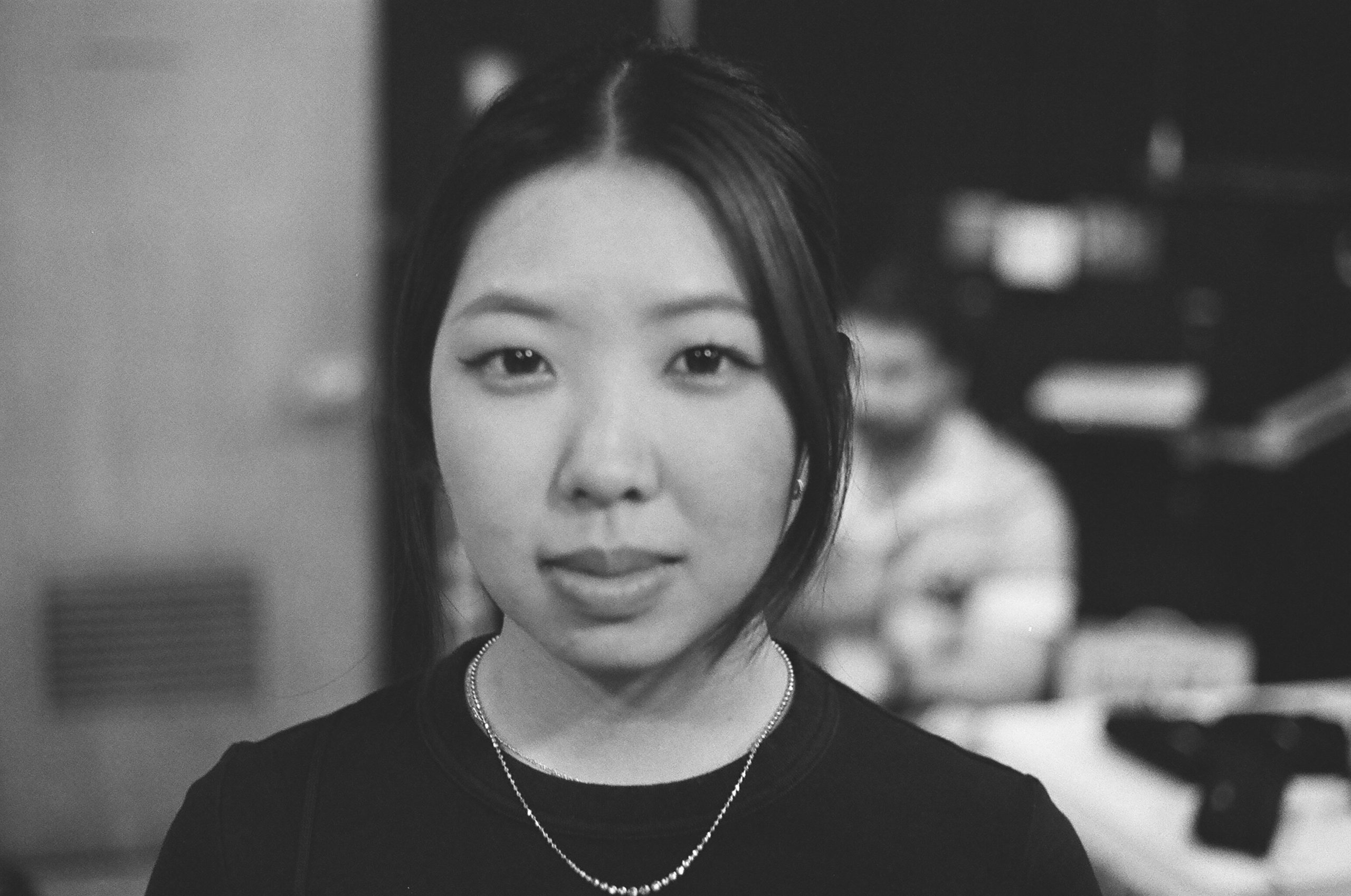
We had the good fortune of connecting with Kurumi Murata and we’ve shared our conversation below.
Hi Kurumi, why did you pursue a creative career?
I grew up in Japan and moved to California at 21 to study abroad. I’ve always been fascinated by languages and cultures — by how they shape our understanding of the world. But when I first arrived in the U.S., I ran into a huge challenge: communicating in English. I couldn’t fully express myself, and that led to a deep sense of isolation.
Everything shifted when I attended a graphic design event in San Diego. I remember standing in front of posters created by artists from different backgrounds — each one radiating emotion and telling a story, without a single word. That’s when I realized: visual art is more than a universal language. It’s an experience. It doesn’t just inform — it immerses, it connects, and it allows people to feel something directly.
That moment stayed with me. I understood then that even when words fail, images can speak. Through color, light, and form, I could express what I couldn’t say out loud. Pursuing a creative path became my way of building bridges — of connecting with others on an emotional level, especially those who might also feel unseen or misunderstood. If someone looks at my work and feels less alone, then I’ve done what I set out to do.
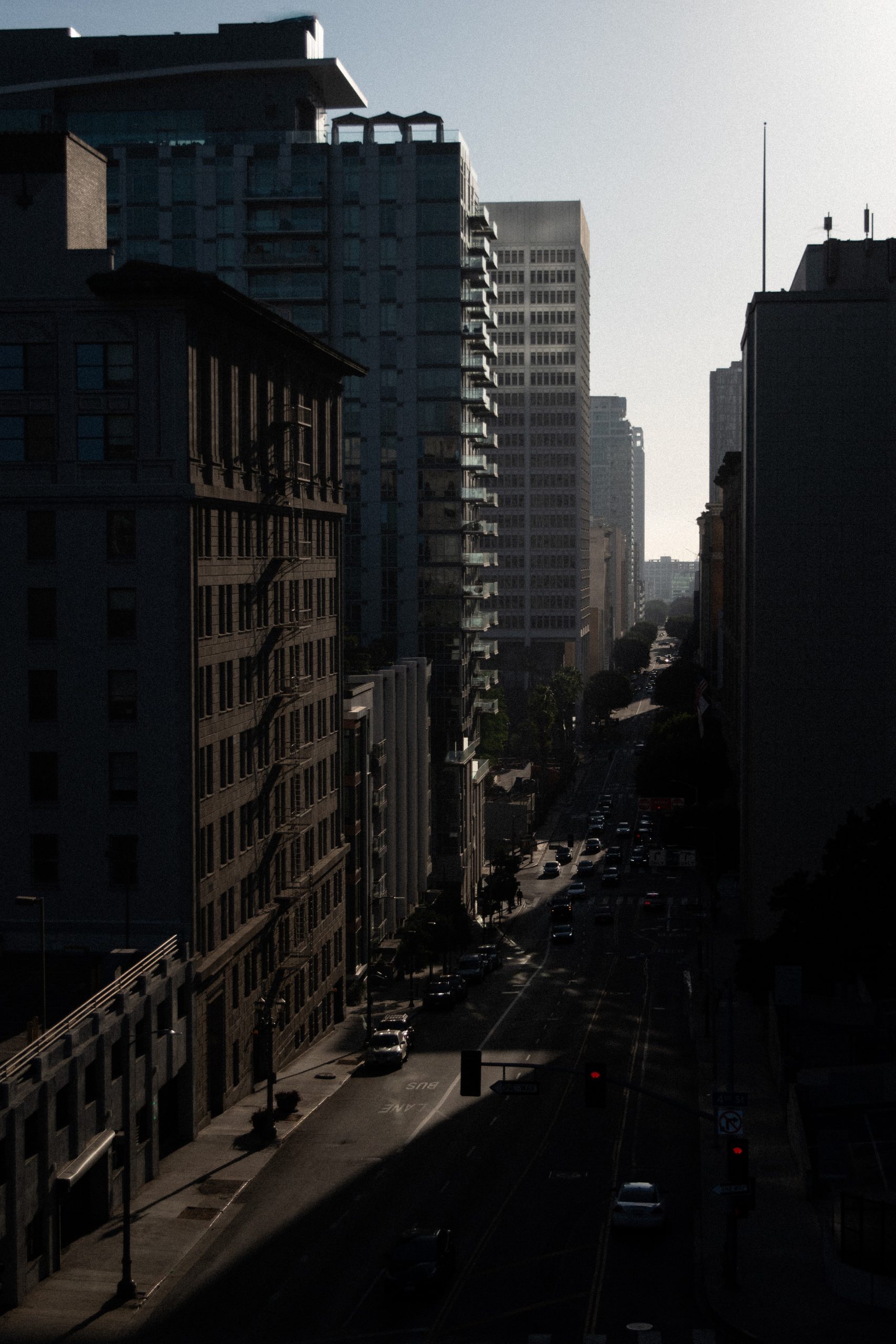
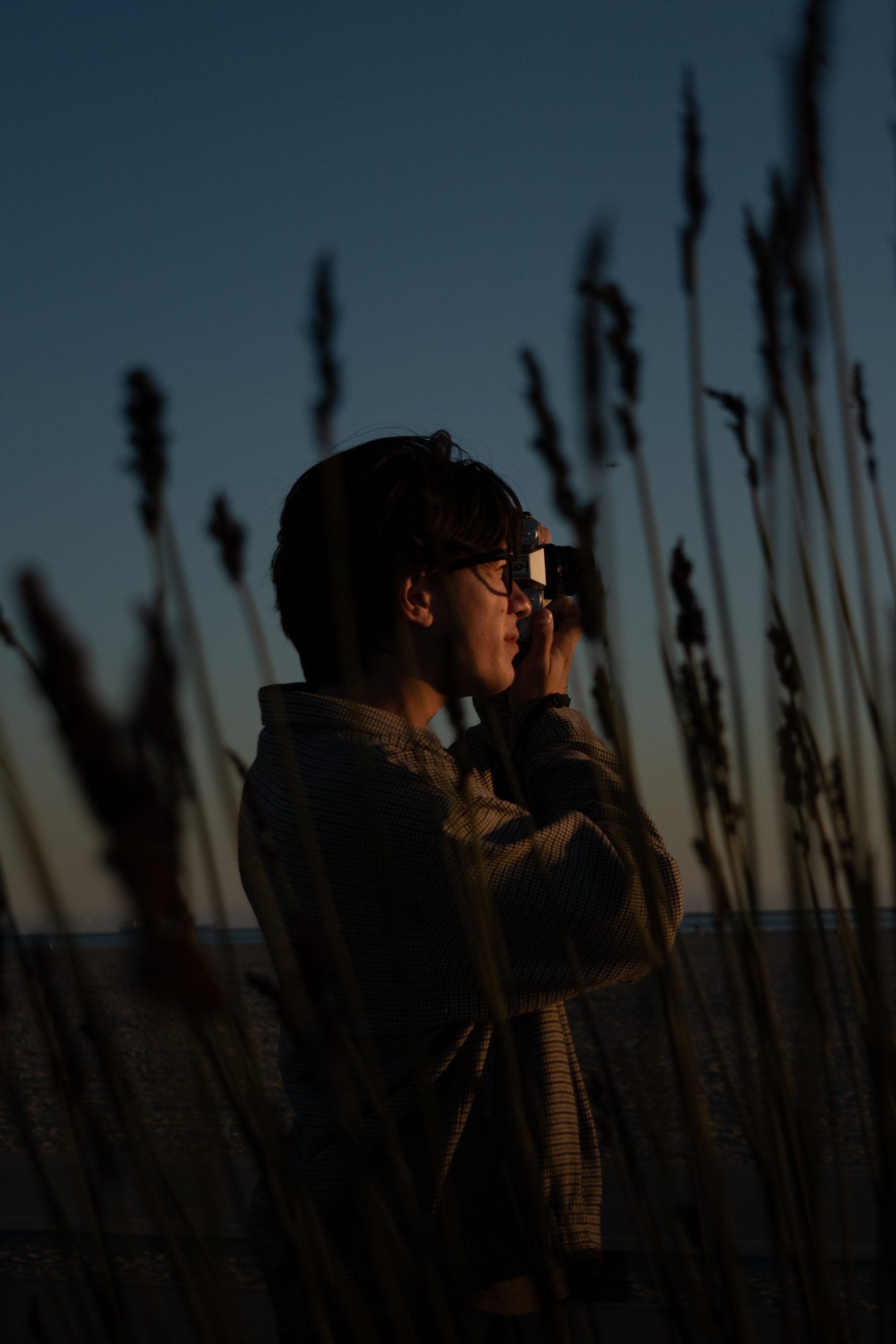
Can you open up a bit about your work and career? We’re big fans and we’d love for our community to learn more about your work.
My art — primarily photography and cinematography — is a direct reflection of my lived experience. I was born and raised in Japan and have spent my adult life in the U.S., constantly moving between cultures, languages, and identities. That in-between space deeply shapes the way I see and tell stories.
What draws me to visual art is its ability to go beyond language. Words can explain, but images let us feel. Visual storytelling doesn’t just share information — it gives us an experience. It taps into memory, mood, and meaning in a way that transcends cultural and linguistic barriers. That’s what first drew me to the camera: it gave me a way to express what I couldn’t say out loud — and to connect with others without needing perfect grammar or vocabulary.
What sets my work apart is that I focus on subtle, emotionally resonant moments — the quiet in-between scenes that often go unnoticed. I use light and color not just for aesthetic, but to evoke feeling and atmosphere. I’m most drawn to themes like identity, vulnerability, and human connection — especially as seen through the lens of someone who lives between different cultural worlds.
Getting to where I am now wasn’t easy. I still remember walking into my first film class — I had never been on a set before, and I was surrounded by native English speakers with more experience and confidence. I doubted myself constantly. There were moments when I felt invisible, like I didn’t belong in the room. But I kept showing up. I made mistakes, learned through trial and error, and slowly started to grow.
One of the biggest lessons I’ve learned is that discomfort is part of growth. You don’t have to wait to feel “ready” to start. I learned to be okay with being a beginner — and to trust that my unique perspective is valuable, even if it doesn’t fit the mold.
What I’m most proud of is that I didn’t give up. I kept creating, even when I felt unsure or unseen. And now, every time someone tells me that my work made them feel something — that it gave them comfort or clarity — it reminds me why I do this.
Through my art, I want people to feel less alone. I want to create images and stories that say, “I see you. You belong here too.” I believe that art has the power to build empathy, to heal, and to make the world feel just a little more open, honest, and human.

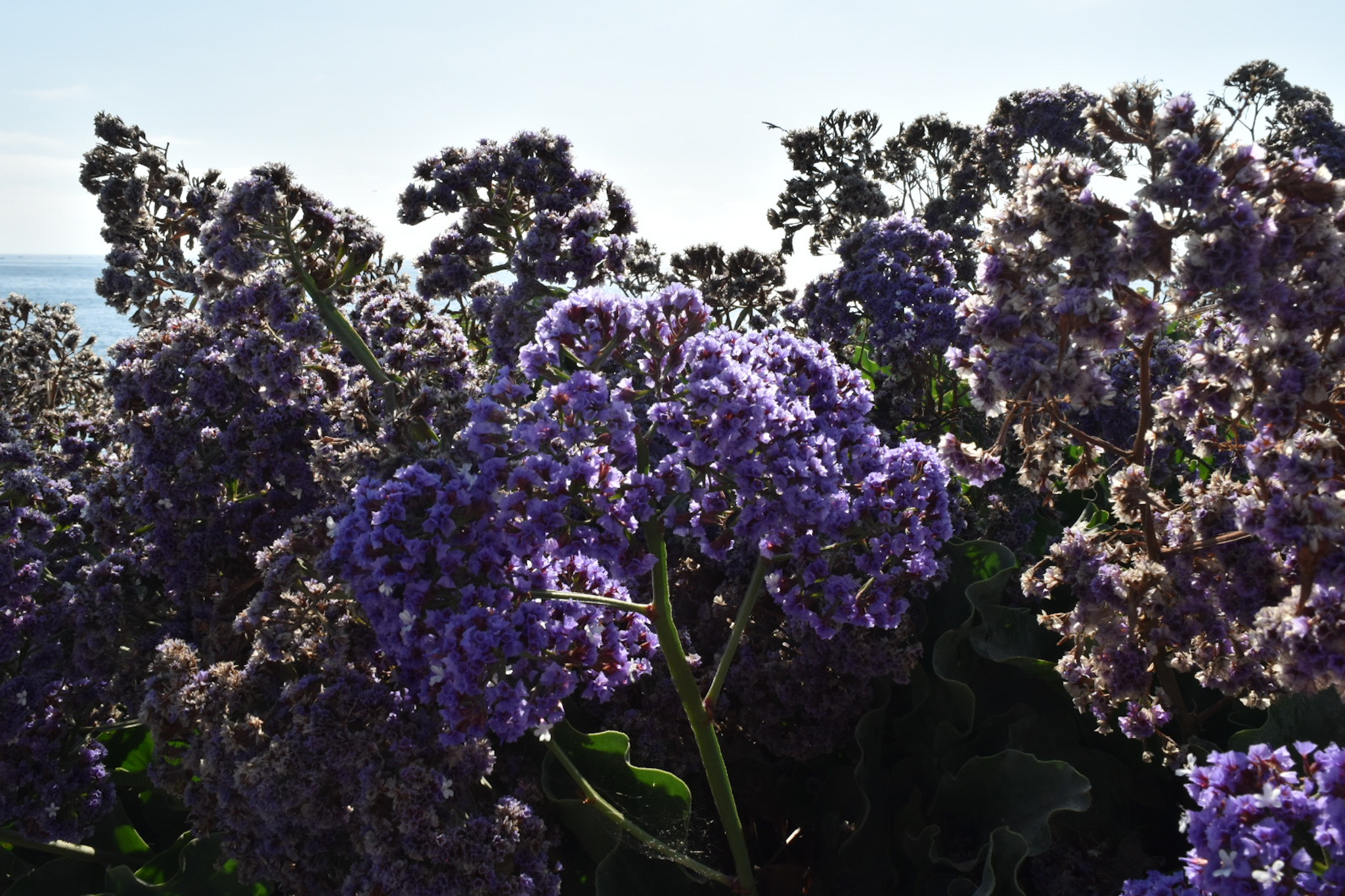
Let’s say your best friend was visiting the area and you wanted to show them the best time ever. Where would you take them? Give us a little itinerary – say it was a week long trip, where would you eat, drink, visit, hang out, etc.
One of my favorite things to do — whether I’m home or traveling — is explore local grocery stores and coffee shops. I’m less interested in famous tourist attractions. I want to experience the real daily rhythm of a place where real moments happen: how people live, how they talk to strangers, how they interact in everyday moments.
One of my favorites is Black Dog Coffee in Signal Hill. Not the downtown location, but the original truck nestled in a quiet neighborhood. There’s something special about standing in a small parking lot, chatting with the owner while the smell of coffee fills the air. The peanut butter coffee is amazing, but it’s more than that — it’s the sense of community, the warmth, the simplicity. It’s a moment of connection, and that’s what makes it unforgettable.
I also love visiting local grocery stores and markets. They say a lot about a place — what people eat, how they interact, what flavors they grew up with. For me, those everyday details tell a richer story than any landmark could.
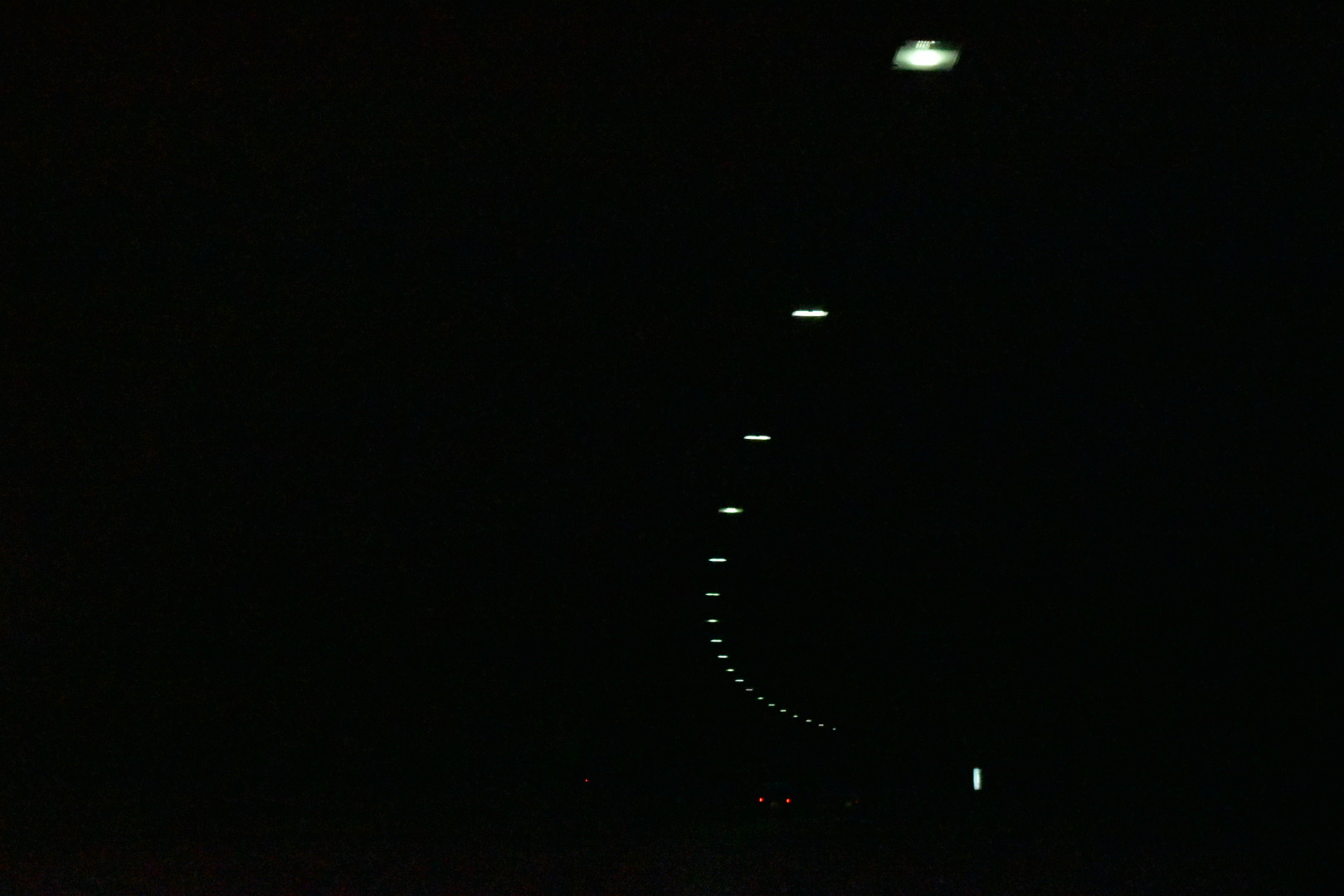
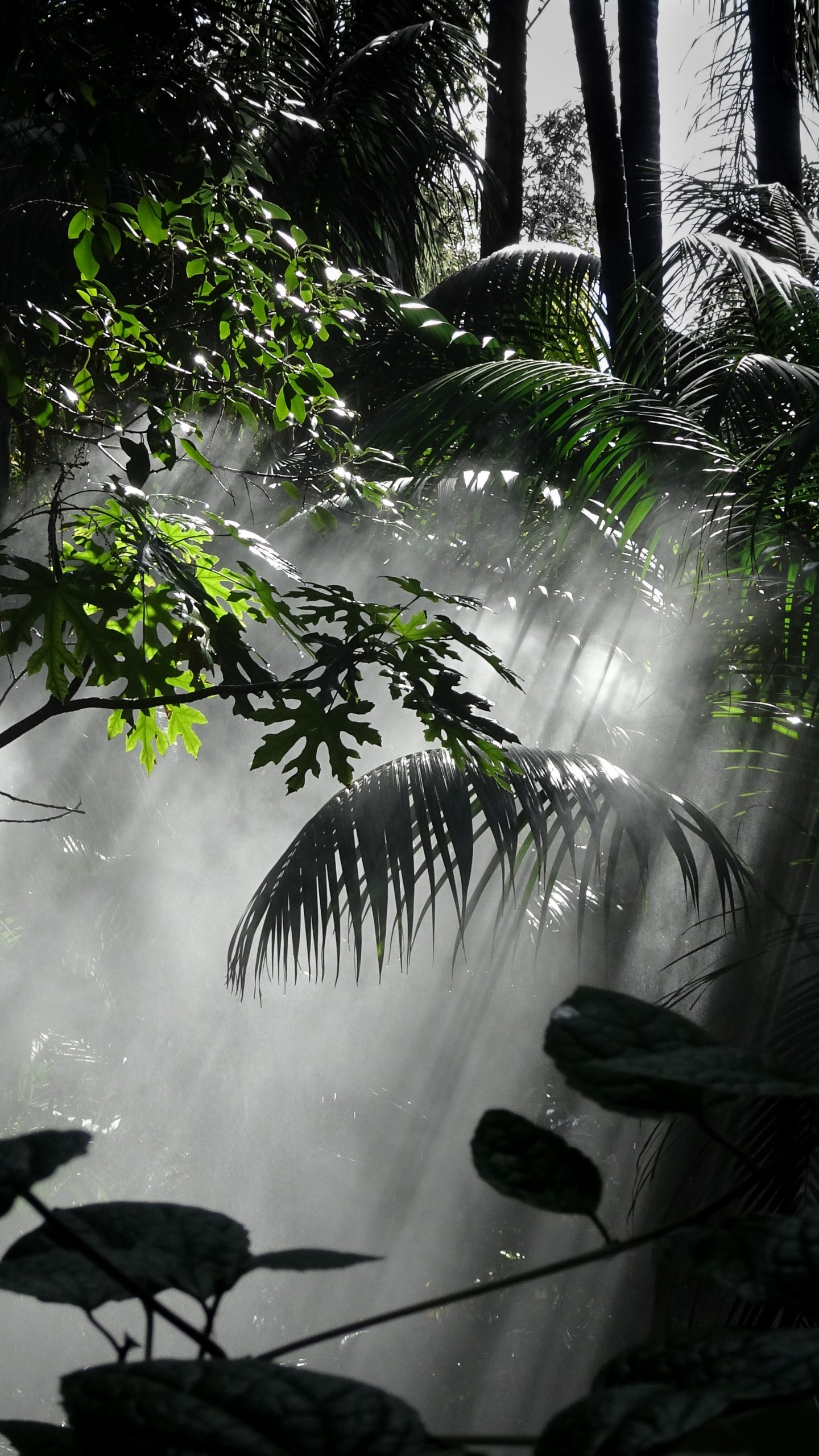
Who else deserves some credit and recognition?
The people I’ve met in California — they’ve truly shaped my journey.
When I first arrived, I expected to feel like a stranger — and sometimes I did. But more often, I was met with unexpected kindness. My host family welcomed me into their lives like I was their own granddaughter. Classmates helped me navigate slang so I wouldn’t feel left out of conversations. Even small encounters — like the local café staff remembering my order or checking in on me — left lasting impressions.
What stood out most was how open people were to different cultures and backgrounds. Even when my English wasn’t perfect, people listened. They gave me space to be myself. As someone who crossed an ocean alone at 21, those little gestures — a kind word, a smile, a “you belong here” — meant more than I can explain. They helped me believe I had a place here.
Website: https://dodecahedron-strawberry-flgx.squarespace.com/config/pages
Instagram: _umi.kurumi_
Youtube: https://www.youtube.com/@POVofUMi


Image Credits
Sean Hurd
